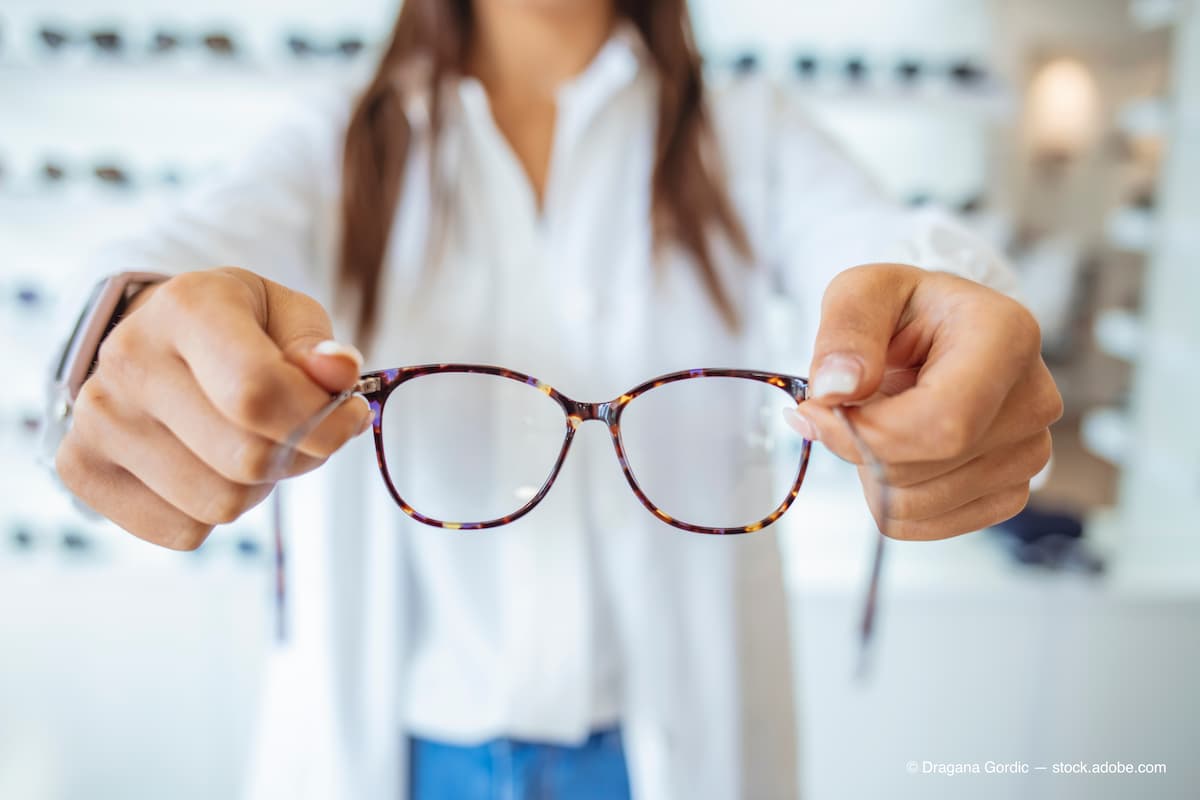This week in optometry: March 20-March 24
A look back on what happened in optometry during the week of March 20-March 24.
Catch up with what Optometry Times®' shared this week:

Optometry news
Educating patients on refractive surgery options
By Marc R. Bloomenstein, OD, FAAO
When talking with patients about their options for improving vision, optometrists should take the time to explain surgical procedures. Perhaps you think that your patient population isn’t interested in refractive surgery; nevertheless, I’m going to share some options that you might never consider unless you read this article. Have I piqued your interest? Don’t believe me?
Do diabetes, diabetic retinal disease contribute to macular degeneration?
By A. Paul Chous, MA, OD, FAAO
A positive association between diabetes, diabetic retinopathy (DR), and age-related macular degeneration (AMD) has been suggested in multiple observational studies. Any connection is significant, of course, because diabetes is the leading cause of new vision loss in Americans aged 18-74 (often categorized as “working age”)1 and AMD is the leading cause of vision loss in adults aged 65 and above.2
Additionally, any common, underlying pathobiology might suggest interventions that could have profound public health implications. The current use of anti-VEGF therapies for neovascular AMD and diabetic retinopathy means that there is a biological connection between these disorders, although that does not necessarily mean that either portends an increased risk for the other.
Learn more about the relationship between DR and AMD...
Reversing the tides of AMD with drug targeting mitochondria to improve photopic vision
By Lynda Charters
Investigators, led by first author Baruch Kupperman, MD, PhD, reported that reversing visual loss in dry age-related macular degeneration (AMD) is possible with therapy that improves cellular function and survival, by targeting the mitochondria, in a patient population with a recoverable photoreceptor layer. They found that risuteganib (Luminate, Allegro Ophthalmics, LLC) improved the photopic best-corrected visual acuity (BCVA) by stabilizing the mitochondria.
Learn more about risuteganib...
Enrollment complete for BRIO-I Phase 2 clinical trial of Brimochol PF for presbyopia
By Emily Kaiser, Assistant Managing Editor
Visus Therapeutics announced that patient enrollment is complete for the BRIO-I Phase 2 clinical trial investigated Brimochol PF for the treatment of presbyopia and the last visit has been conducted. Topline results from BRIO-I are expected in Q2 2023.
The double-masked, randomized, multicenter study is investigating safety and efficacy of Brimochol PF. The study enrolled patients with emmetropic phakic and pseudophakic presbyopia.
See the full results of the trial...
MOJAVE phase 3 study results published
By Kassi Jackson, Editor
Bausch + Lomb and Novaliq announced the results from MOJAVE, the second pivotal phase 3 trial for NOV03 (perfluorohexyloctane) was published in the American Journal of Ophthalmology, according to a news release.1,2 NOV03, an investigational, proprietary, water-free, single-component preservative-free eye drop, is being investigated to treat the signs and symptoms of dry eye disease (DED) associated with Meibomian gland dysfunction (MGD). The U.S. Food and Drug Administration (FDA) assigned NOV03 a Prescription Drug User Fee Act (PDUFA) action date of June 28, 2023.
Continue reading the full study results...
World Optometry Day 2023: What does optometry mean to you?
By Emily Kaiser, Assistant Managing Editor
March 23, 2023, is World Optometry Day. To celebrate, we asked optometrists and industry experts one simple question: What does optometry mean to you?
We received responses from clinicians around the world. From New Zealand to the UK, from Canada to Australia, one point was emphasized over and over again: Vision is precious, and it is an optometrist's job to safeguard that for as many people as possible.
See what colleagues and experts had to say...
Refractive Error Among CHildren (REACH): A Lens on the Future
By Dr. Rishi Raj Borah
A pair of glasses can provide so much more than clarity of vision. It can dramatically change someone’s life, especially for children. Visual impairment often leads to poor academic performance, missed opportunities, and social exclusion. Refractive error is one of the most common causes of visual impairment among children aged 5-15 years. It is responsible for up to 77 percent of blindness and severe visual impairment globally.1 India has nearly 680,000 blind children, the highest of any country in the world. About one third of these children have uncorrected refractive error (URE).2 But the good news is that the financial, economic, and social burden of refractive error can be prevented and mitigated with regular eye check-ups and timely interventions.
School-based eye health interventions have the potential to provide high-quality and cost-effective services to a vast cohort of school-aged children. It allows for early detection, prevention, and appropriate management. Orbis International, a global nonprofit fighting avoidable vision loss, is working with its partners to combat this issue for school children in India. The Refractive Error Among CHildren (REACH) program aims to reduce visual impairment due to URE among school-going children3 and has been instrumental in improving the lives of over five million children across the country.
Read more about REACH's impact...
Practical management EP 9: Understanding the difference between branding & marketing
By Maria Sampalis, OD; Kassi Jackson, Editor
In this week's podcast episode with Maria Sampalis, OD, hear how to differentiate between branding and marketing.
Listen to the latest episode...
Long COVID plays role in severe and selective neuropsychological impairments
By Lynda Charters
Marie-LuiseKieseler and Brad Duchaine, PhD students from Dartmouth College, Hanover, NH, reported that COVID-19 can cause severe and selective neuropsychological impairments after long COVID.1 These impairments can be life-altering and persistent.
They described the case of a 28-year-old woman, Annie, who had normal face recognition, ie, prosopagnosia, before shedeveloped COVID-19 in March 2020. Two months later, she noticed that she was having difficulties recognizing faces when her COVID-19 symptoms relapsed. The problems with face recognition have persisted.
Read more about Annie's case...
Newsletter
Want more insights like this? Subscribe to Optometry Times and get clinical pearls and practice tips delivered straight to your inbox.